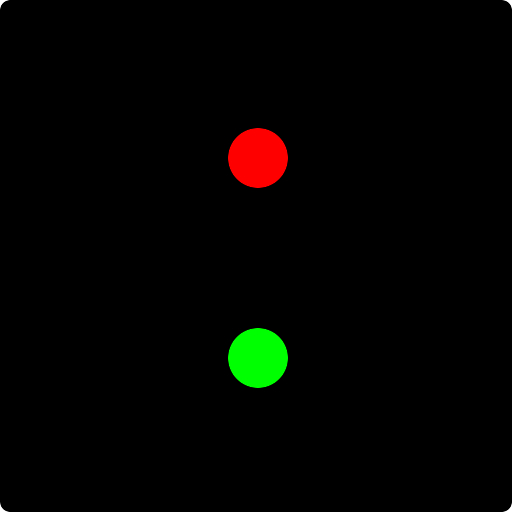


The Ishihara Color Test is the most common test for red-green color deficiencies. The Ishihara test consists of 38 colored plates depicting dots of varying sizes and colors. To those with normal color vision, a discernible number or shape can be seen within the dot pattern. People with red-green color blindness will misidentify the numbers or shapes within the patterns, or they might not be able to see them at all.


The Hardy Rand and Rittler Test also assesses red-green color deficiencies using colored plates depicting dots of varying sizes and colors. Unlike the Ishihara test, the HRR test also tests for Tritan defects (blue-yellow color blindness).
The Cambridge Colour Test (CCT) is widely used in clinical research and tests for Protan, Deutan, and Tritan defects (red-green and blue-yellow color deficiencies). During the testing, subjects sit in front of a monitor that displays a series of circles of different size and luminance. Some circles are grey while others are colored and form a C-like target. The C-like target can appear in different orientations and the subjects need to indicate the position of the gap of the C-like target by pressing the corresponding key on a response box. The test allows researchers to quickly and accurately assess a subject’s ability to distinguish a series of colors from shades of grey.


The Farnsworth-Munsell 100 Hue Color Vision Test evaluates the extent to which color can be discerned and also tests vision for variations on color hues. In this test of 100 hues, 25 colored tiles are arranged across 4 rows in orange/magenta hues, yellow/green hues, blue/purple hues, and purple/magenta hues. A black background helps to isolate and identify the individual tiles.
The Farnsworth Lantern (FALANT) Test simulates signals that screen for red-green deficiencies and is mostly used for vocational testing. The FALANT test was initially developed in the 1950s for the US Navy and became the standard for color-vision testing in the military for sailors and pilots. The test shows 9 pairs of lights in combinations of red, green, or yellow-white. Subjects must name the colors as they are shown.


An anomaloscope is an instrument developed to test for color blindness in which 2 different light sources must be matched to the same color. On one side is a yellow color that can be adjusted in brightness; the other side shows varying proportions of a red or green light.
The Neitz Color Vision Test screens for red-green and blue-yellow color blindness. Like other tests, the Neitz test depicts colored shapes within dotted grey patterns; unlike those tests, however, Neitz does not require plates. Instead, the Neitz test presents 9 dot patterns on a single sheet of paper. Respondents have to identify what they see: a circle, a triangle, a square, a diamond, or nothing, as shapes will not be visible to those who are color blind. The Neitz test is known for ease of administration and low cost.

If you think that you or your child may be color blind, see your primary care physician or optometrist, depending on your health care plan.